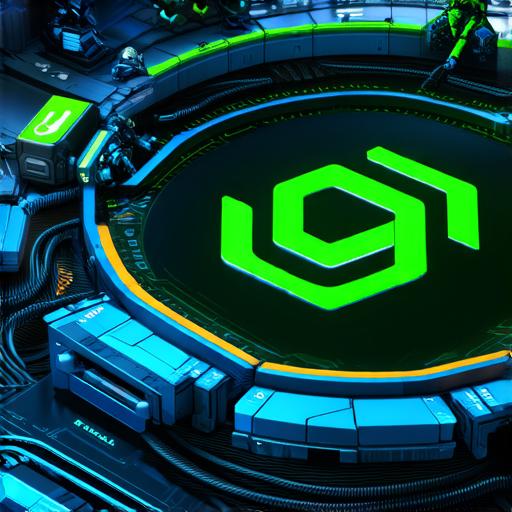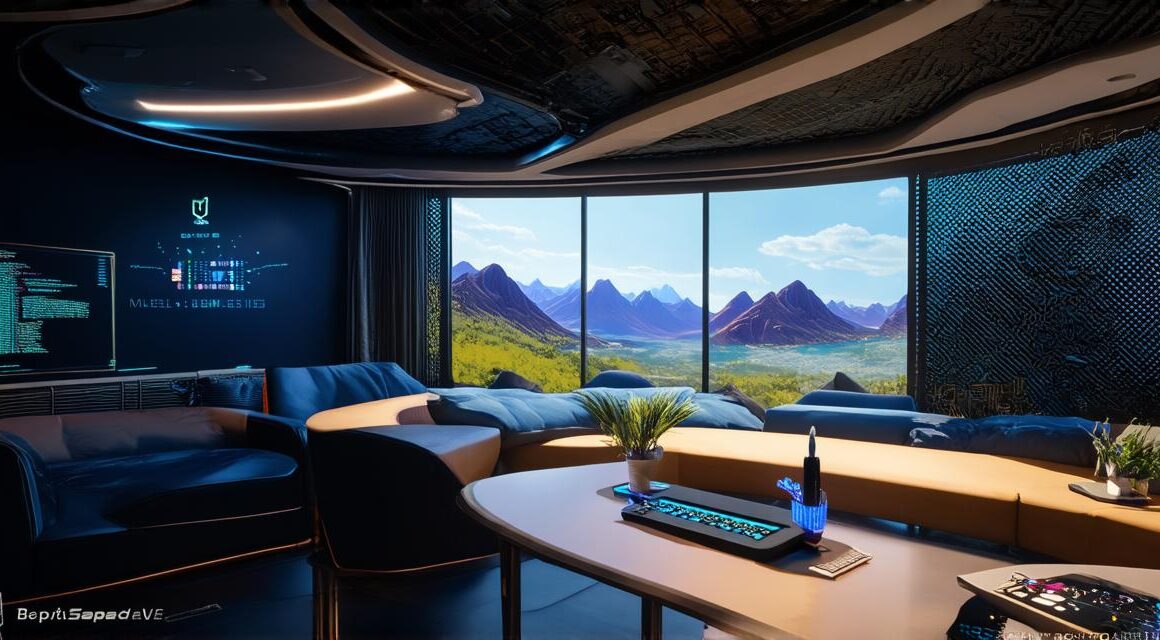Unity is a powerful tool for creating 3D games that are engaging and immersive. With its intuitive interface and vast library of assets, Unity has quickly become one of the most popular game engines on the market. In this article, we’ll explore how to get started with creating a 3D game using Unity, including best practices for optimizing your workflow and maximizing your results.
Why Unity?
Unity is a versatile game engine that can be used to create games for a variety of platforms, including PC, mobile, and console. It’s also incredibly popular, with a large community of developers who contribute to its growth and development. Some of the reasons why Unity is such a popular choice include:
- Easy to learn and use: Unity has a user-friendly interface that makes it easy for beginners to get started with game development.
- Vast library of assets: Unity has a huge library of pre-made assets, including characters, environments, and effects, that you can use in your games. This can save you a lot of time and effort when it comes to creating your own assets from scratch.
- Support for multiple platforms: Unity supports a wide range of platforms, including PC, mobile, and console. This means you can create a game once and deploy it across multiple devices with minimal effort.
- Large community: Unity has a large and supportive community of developers who are always willing to help newcomers get started. There are also plenty of online resources, such as forums and video tutorials, that can help you learn more about the engine and its capabilities.
Getting Started with Unity
The first step in creating a 3D game using Unity is to download and install the engine. You can do this by visiting the Unity website and clicking on the “Download” button. Once you’ve installed Unity, you’ll need to create a new project. To do this, click on the “New Project” button in the main menu.
Next, you’ll need to select a template for your game. Unity offers a variety of templates to choose from, including 2D games, 3D games, and virtual reality (VR) experiences. Once you’ve selected a template, you can customize it to fit your needs. This might involve adding new assets, changing the lighting and camera settings, or adjusting the gameplay mechanics.
One of the most important things to keep in mind when creating a 3D game using Unity is to optimize your workflow. This means taking steps to make sure that you’re working as efficiently as possible, so that you can create your game faster and more effectively. Some tips for optimizing your workflow include:
- Using version control: Version control allows you to track changes to your code and collaborate with other developers more easily. There are several version control systems to choose from, including Git and Team Foundation Version Control (TFVC).
- Breaking up your project into smaller tasks: By breaking up your project into smaller, manageable tasks, you can focus on one thing at a time and make steady progress towards your goal. This can also help you stay organized and avoid getting overwhelmed.
- Using pre-made assets: As we mentioned earlier, Unity has a huge library of pre-made assets that you can use in your games. These assets can save you a lot of time and effort when it comes to creating your own assets from scratch.




